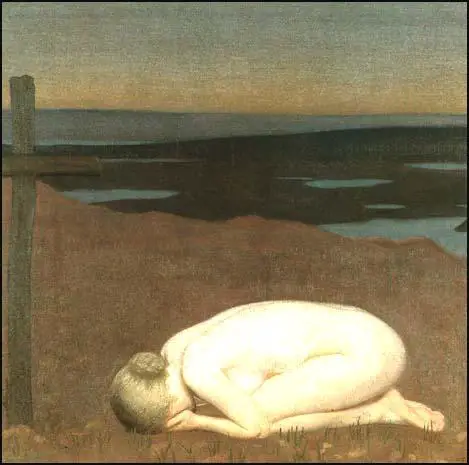George Clausen
George Clausen, the son of a Dutch decorative painter who had emigrated to England, was born in 1852. He attended the South Kensington School and the Academie Julian in Paris.
A founder member of the New English Art Club, Clausen became Professor of Painting at the Royal Academy in 1906. His lectures at the Academy were published as Six Lectures on Painting (1904) and Aims and Ideals in Art (1906).
Clausen developed what became known as a semi-Impressionist style. Most of his paintings were landscapes and scenes of rural life. He was fascinated with the effects of light and his work often featured figures set against the sun.

Clausen responded to the heavy losses on the Western Front in 1916 by the painting, Youth Mourning. Later in the war he was commissioned to paint In the Gun Factory at Woolwich Arsenal.
After the Armistice Clausen became one of Britain's most important artists. Knighted in 1927, Sir George Clausen died, aged ninety-two, in 1944.
